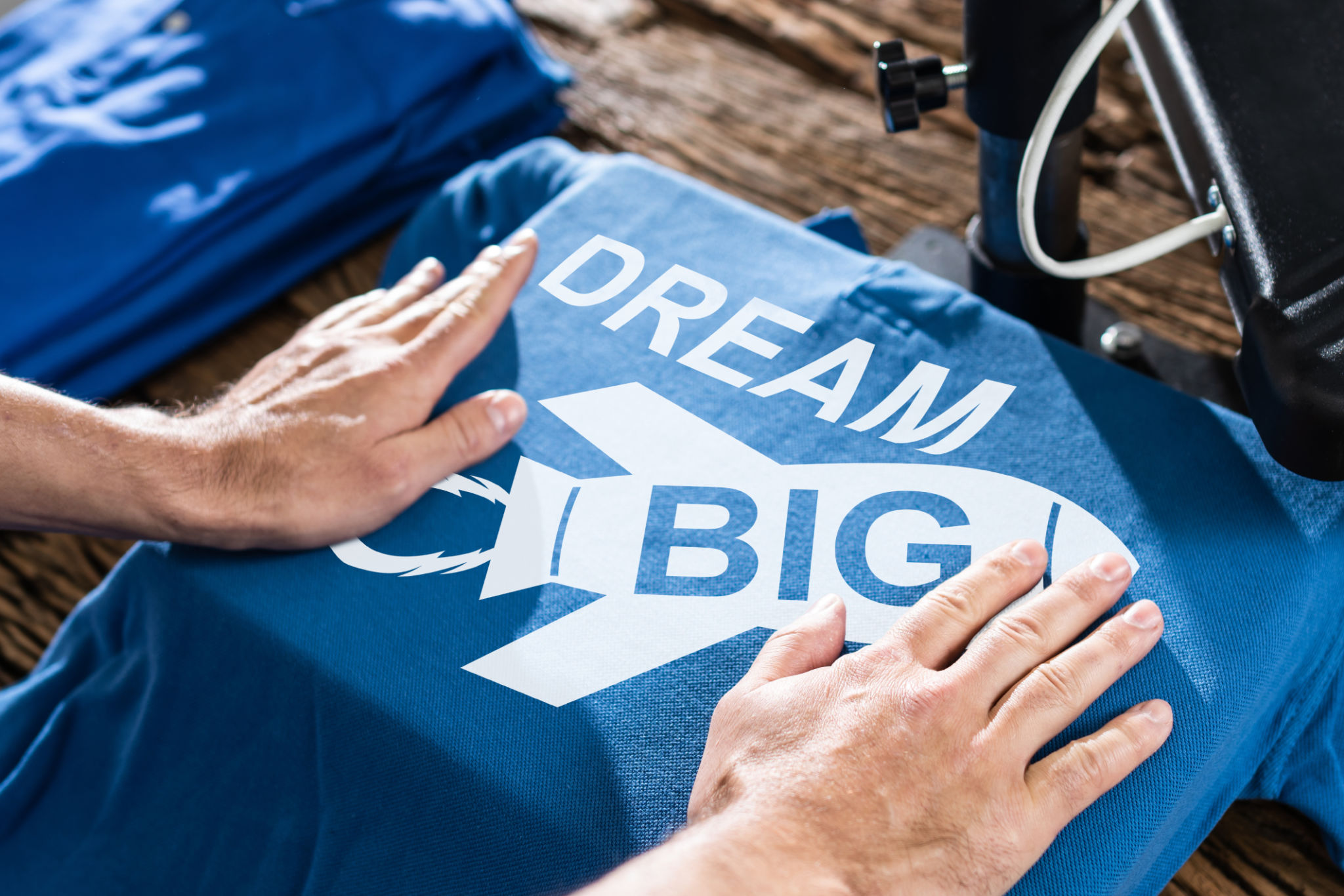The Art of Screen Printing: A Comprehensive Guide for Beginners
Screen printing is a fascinating and versatile method of printing that has captured the interest of artists, designers, and hobbyists worldwide. This technique allows for the creation of vibrant and durable prints on various materials, making it an ideal choice for personalized clothing, posters, and more. If you're a beginner eager to explore this art form, this comprehensive guide will provide you with the essential knowledge to get started.

Understanding the Basics of Screen Printing
At its core, screen printing involves transferring ink onto a substrate, except in areas made impermeable by a blocking stencil. The process requires a mesh screen, ink, a squeegee, and the substrate you're printing on. The stencil forms the design to be printed, and it is applied to the mesh screen. When ink is pushed through the screen using the squeegee, it transfers the design onto the substrate.
Materials and Equipment Needed
To begin your screen printing journey, you'll need some basic materials and equipment:
- Screen: A frame with a mesh stretched tightly across it.
- Ink: Specially formulated for screen printing, available in various colors.
- Squeegee: Used to push ink through the screen onto the substrate.
- Substrate: The material you're printing on, such as fabric or paper.
- Stencil: The design or image you want to print.
Creating Your First Design
The first step in screen printing is creating your design. Beginners often start with simple designs to understand the process better. You can use graphic design software to create your stencil digitally or draw it by hand on transparency film. Once your design is ready, it's time to transfer it onto the screen.

Preparing and Exposing the Screen
The next step is preparing your screen. This involves coating the screen with a light-sensitive emulsion. Once dry, place your stencil on the screen and expose it to light. The light hardens the emulsion except where your design blocks it, creating a stencil on the screen. After exposure, wash out the unhardened emulsion to reveal your design.
The Printing Process
With your screen prepared, it's time to print. Position your substrate on a flat surface and place the screen over it. Add ink at one end of the screen and use the squeegee to spread it evenly across the stencil. Lift the screen carefully to reveal your printed design. It may take a few attempts to perfect your technique, so don't be discouraged if your first prints aren't perfect.

Curing and Finishing Touches
After printing, it's crucial to cure your prints to ensure they last. Curing involves applying heat to set the ink permanently on the substrate. You can use a heat press, iron, or even a heat gun for this purpose. Once cured, inspect your print for any imperfections and make necessary touch-ups.
Troubleshooting Common Issues
As a beginner, you might face some challenges along the way. Common issues include ink bleeding, uneven prints, or clogged screens. Ensure that your screen is clean and free from residue before each use. Adjusting pressure while using the squeegee can also help achieve more consistent results.
Screen printing is a rewarding craft that combines creativity with technical skill. As you gain experience and confidence, you'll be able to experiment with more complex designs and techniques. Remember that practice is key, so keep experimenting and refining your skills.
